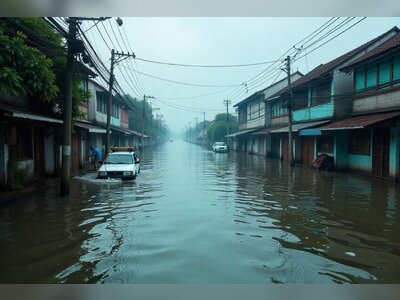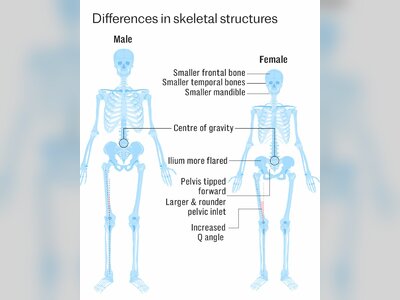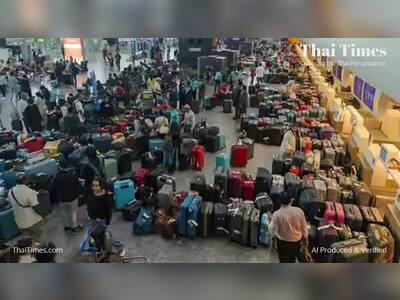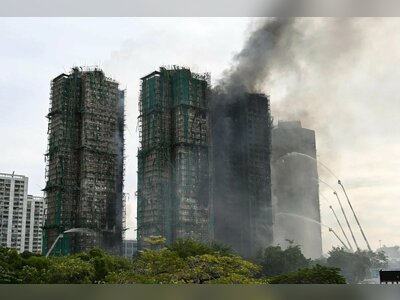Laos Encounters Economic Challenges as U.S. Tariff Increase Poses a Risk to Major Exports
Trump's updated trade policy focuses on Southeast Asia, imposing a total trade barrier of 95 percent on Laos.
Laos is preparing for economic turmoil following the United States' announcement of significant new tariffs as part of President Donald Trump’s “Liberation Day” initiative. Starting this April, Lao exports will be subject to a 10 percent general tariff and a 48 percent reciprocal tariff, resulting in a total direct tariff of 58 percent. When considering additional trade barriers, the White House asserts a total effect of 95 percent.
Experts caution that this action could have a dramatic impact on Laos’s agricultural, textile, and manufacturing industries, which have increasingly depended on the U.S. market. Key exports such as Lao coffee and footwear may struggle to compete as American consumers look for lower-priced options. This new policy is part of a wider U.S. strategy to address trade deficits, yet Laos—together with Cambodia, Vietnam, and Thailand—finds itself in a difficult position.
Regional analysts propose that the tariffs are intended to diminish Chinese economic sway in Southeast Asia, but the repercussions could disproportionately affect ASEAN countries. With the threat of job losses, decreased export demand, and disrupted supply chains, Laos now faces the task of shifting towards alternative markets like China, while ASEAN leaders gear up for an emergency response.
Experts caution that this action could have a dramatic impact on Laos’s agricultural, textile, and manufacturing industries, which have increasingly depended on the U.S. market. Key exports such as Lao coffee and footwear may struggle to compete as American consumers look for lower-priced options. This new policy is part of a wider U.S. strategy to address trade deficits, yet Laos—together with Cambodia, Vietnam, and Thailand—finds itself in a difficult position.
Regional analysts propose that the tariffs are intended to diminish Chinese economic sway in Southeast Asia, but the repercussions could disproportionately affect ASEAN countries. With the threat of job losses, decreased export demand, and disrupted supply chains, Laos now faces the task of shifting towards alternative markets like China, while ASEAN leaders gear up for an emergency response.














